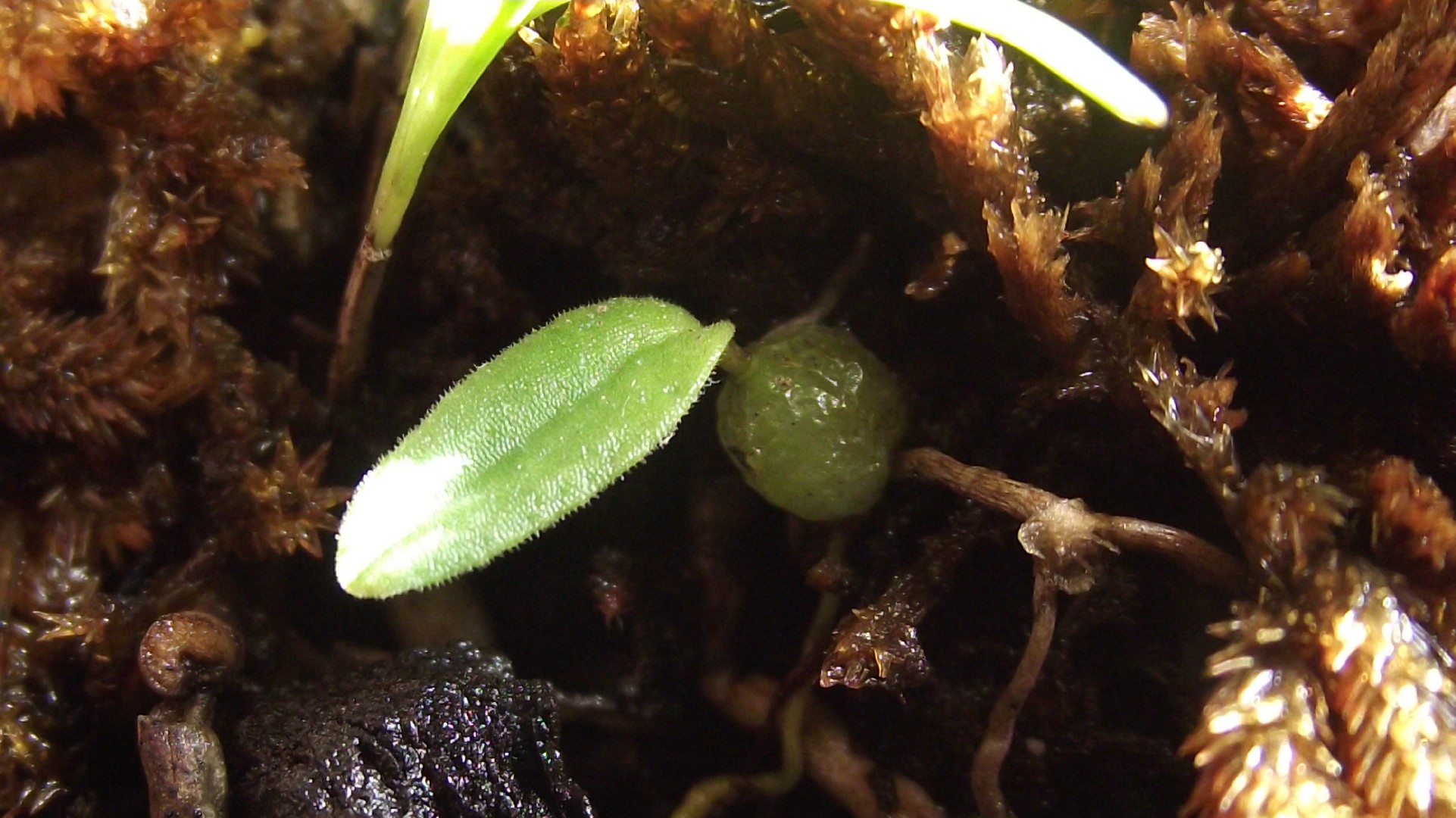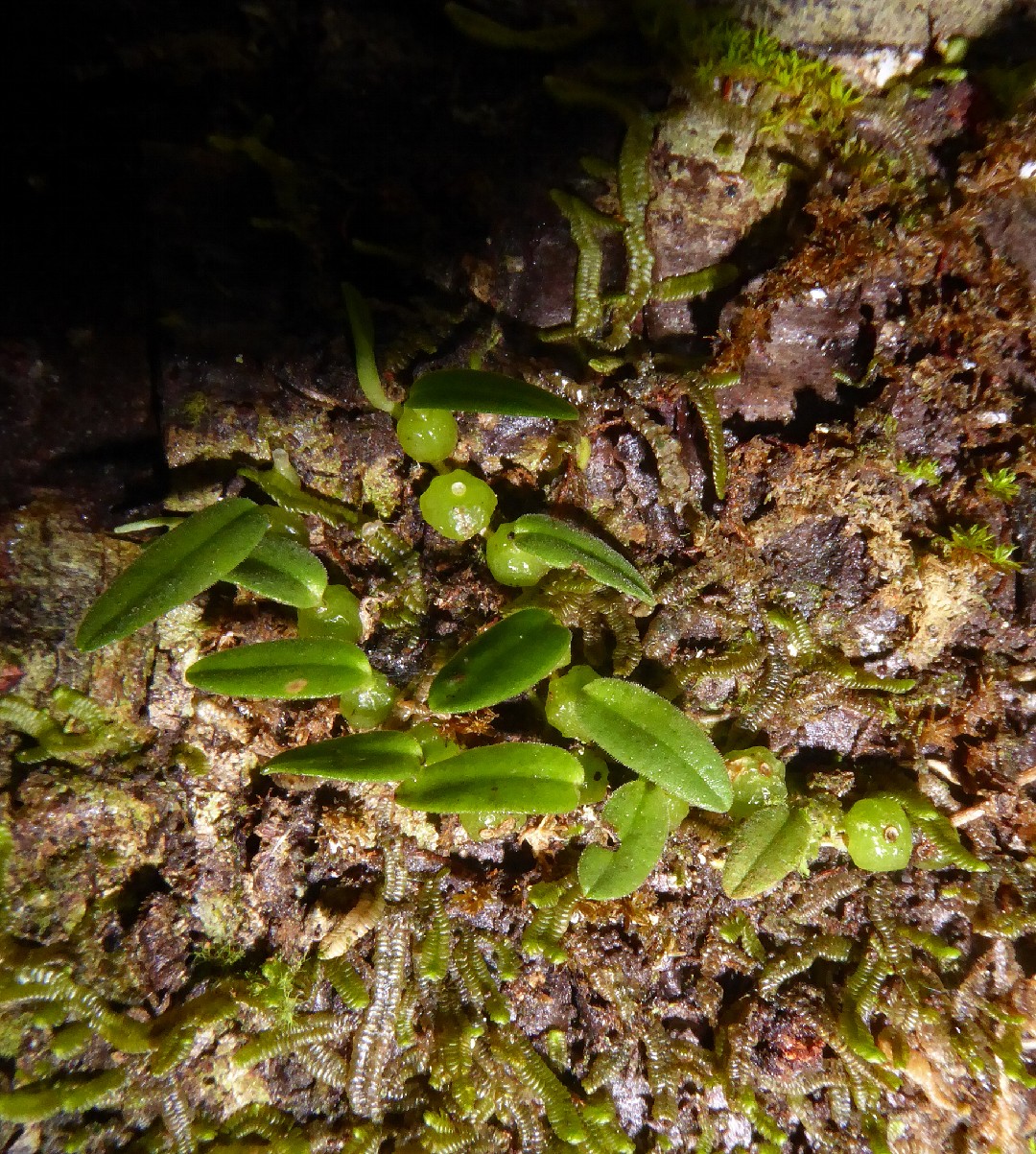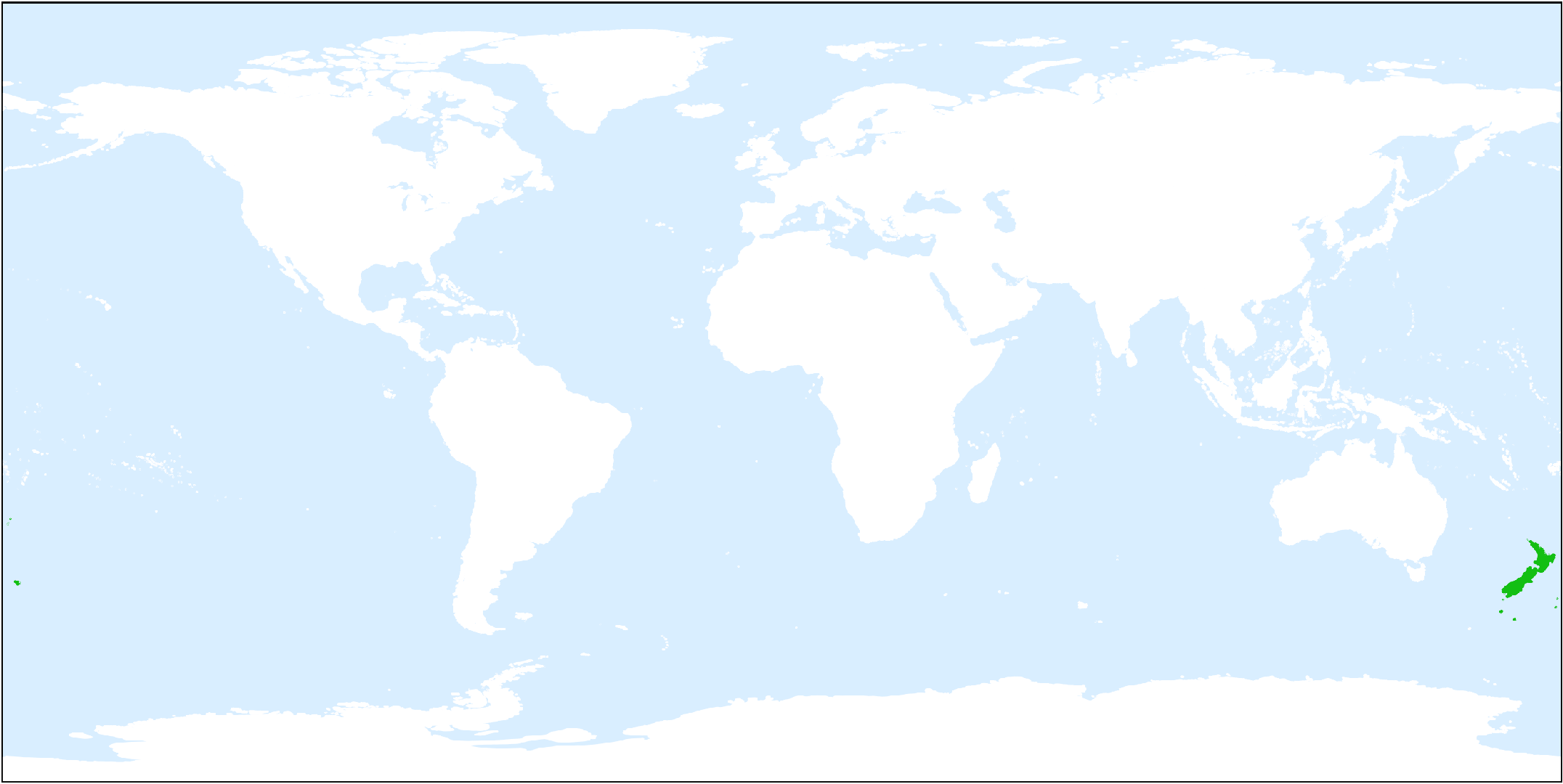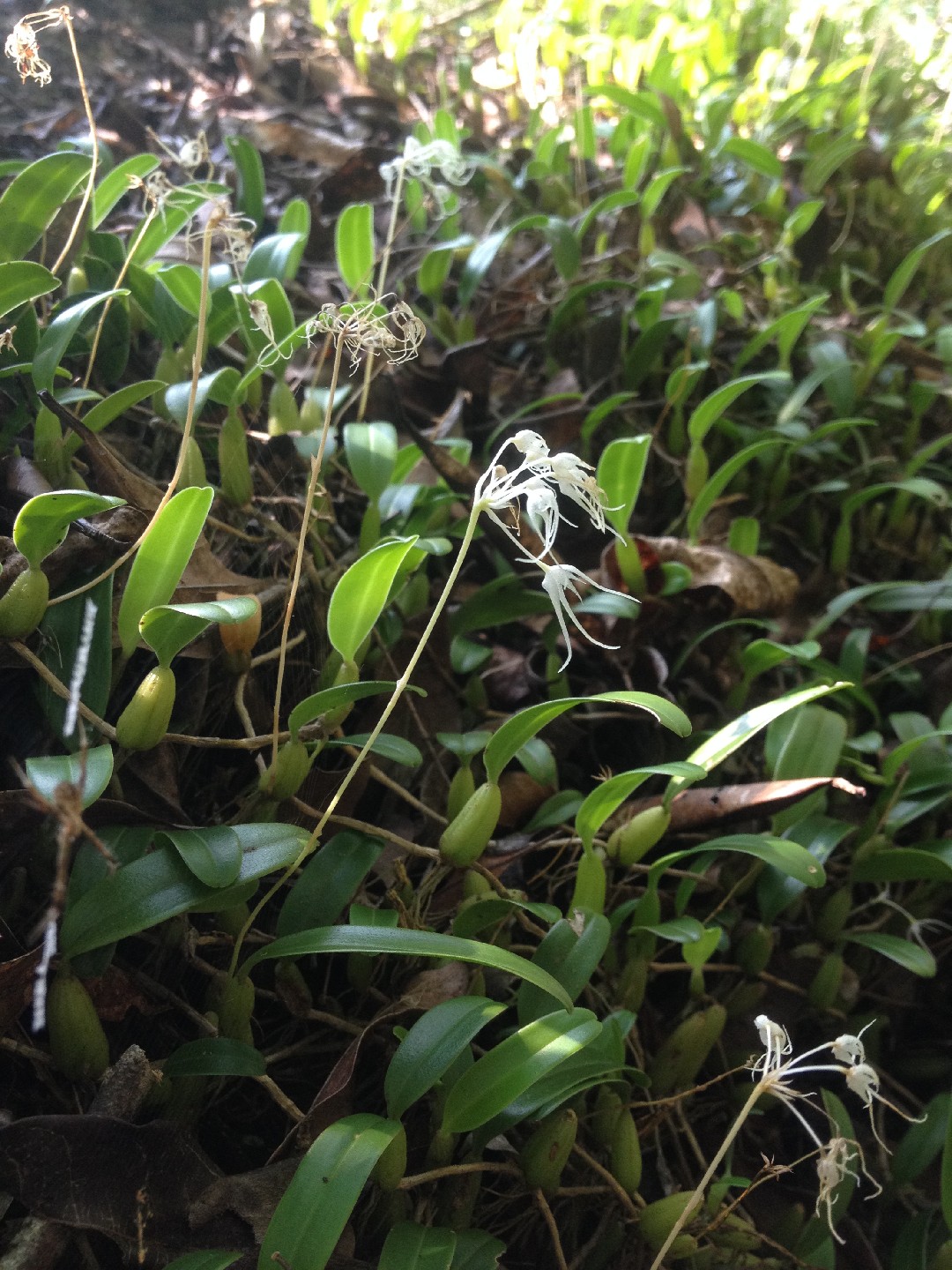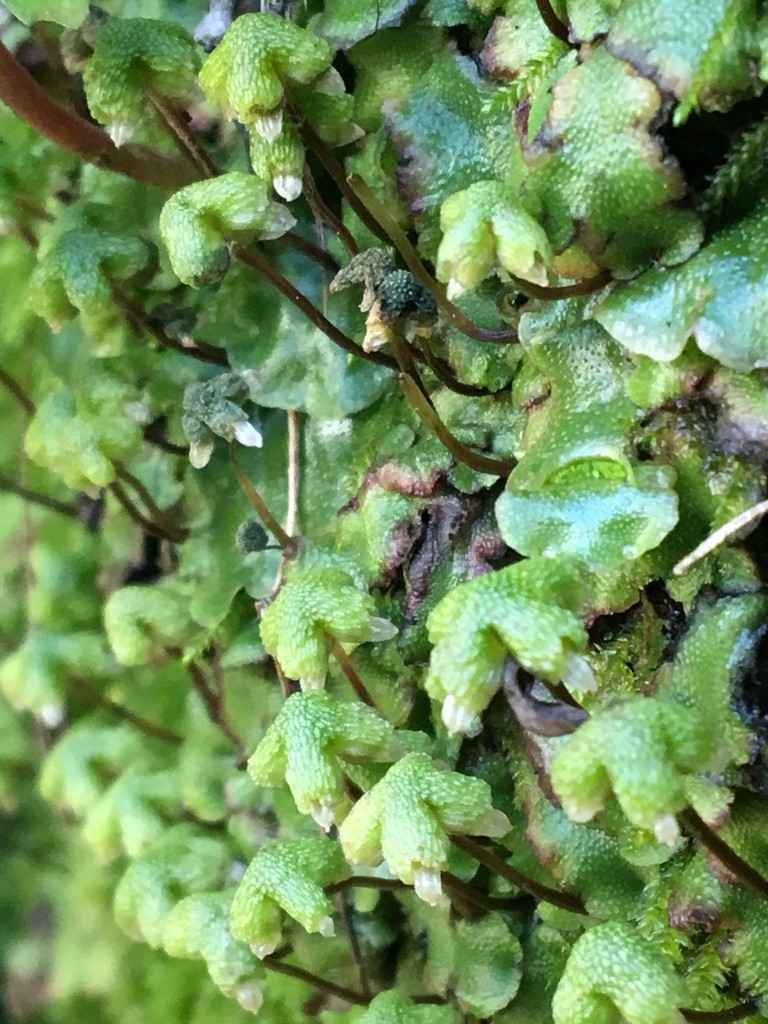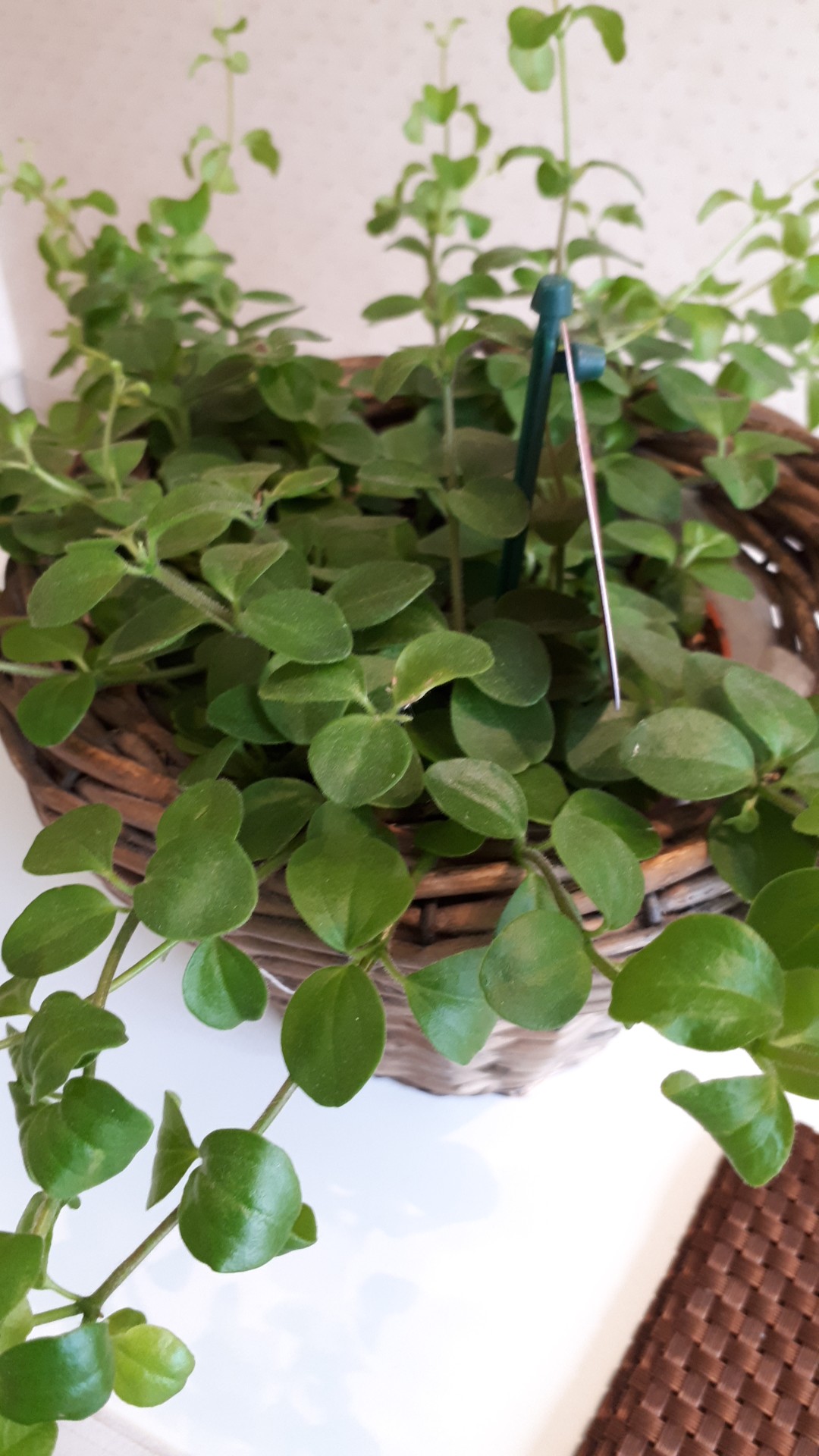What should I do if I water my Pygmy tree orchid too much or too little?
Overwatered Pygmy tree orchid Symptoms of overwatering include limp and wrinkled leaves, yellowing or decay, and general failure to thrive. When Pygmy tree orchid owners see their plant’s leaves looking limp and shriveled, they can sometimes assume that is a sign that it isn’t getting enough water so they keep adding more. This just compounds the problem, so it’s important to look beyond the leaves to identify what’s happening with the roots. Healthy Pygmy tree orchid roots are silvery green, green, or white and feel firm to the touch. When Pygmy tree orchid has been overwatered, the roots will look mushy, limp, and brown or black in color. Rescue an overwatered Pygmy tree orchid by cutting off any rotted roots with a sterile knife or garden shears and repotting them into a new growing medium. It is always better to avoid overwatering because it is possible you won’t be able to save your plant if root rot sets in, so be conservative with water to avoid this issue. Underwatered Pygmy tree orchid Unfortunately, the initial symptoms of underwatering and overwatering are almost identical in Pygmy tree orchid. Check the growing medium with your finger or a moisture meter to get a sense of how much water is being retained. You may need to increase the frequency of watering to get back on track with watering. Once again, the best way to understand the situation is to take a look at the roots. Underwatered roots look crisp, brown, and brittle. Healthy roots are pliable and green, so the difference should be obvious. Luckily it’s easy to revive a thirsty Pygmy tree orchid, as long as the plant still has some healthy roots left. Trim off any dried up or dead root pieces, as they won’t be able to come back to life. Then repot the plant and water thoroughly. Within a week or two, shriveled and limp leaves should start to firm up and look healthy. If the leaves are too damaged to be revived once you water them thoroughly, they can be removed to make room for new growth.
![more]()
How often should I water my Pygmy tree orchid?
Regardless of which type of medium you use, your Pygmy tree orchid should be watered when the mix is mostly but not completely dry. This can vary depending on the environmental conditions, but generally it will be about once or twice a week in summer and as infrequently as once every 2 weeks in winter.
![more]()
How to water Pygmy tree orchid?
Pygmy tree orchid is a epithet plant, which means that they do not grow in soil as most plants do. In order to grow a happy and healthy Pygmy tree orchid, you’ll need to choose your growing medium carefully. Regardless of what your Pygmy tree orchid grows in, the container needs to have plenty of drainage holes. Pygmy tree orchid pots are specifically designed to hold a chunky potting mix with lots of ventilation compared to other plant pots. They also tend to be tall and narrow, allowing air to circulate around the center of the roots, not just the edges. One popular potting medium for Pygmy tree orchid and other Pygmy tree orchid is bark. It is generally sourced from fir trees and drains very well. Since Pygmy tree orchid grows on bark in the wild, it makes sense that they would do well with a similar substrate when grown indoors. The disadvantage of using bark is that the plant needs watering more often since bark dries out quickly. The other common planting medium for orchids in sphagnum moss. Most commercially grown Pygmy tree orchid specimens will be sold in moss, because it is lightweight, cheap, and it allows nurseries to water less often. Unfortunately, sphagnum moss is not very forgiving for those who aren't experts in orchids. Because it is extremely absorbent, moss runs the risk of holding too much water next to the roots, resulting in root rot. If your Pygmy tree orchid is planted in sphagnum and you plan to keep it that way, be very judicious in your watering. Less is more when it comes to watering in general, and it is quite difficult to reverse root rot once it has set in. Watering your Pygmy tree orchid from below is recommended, as this allows you to avoid splashing water on the leaves, stem, and flowers. To water from below, set the pot into a container of water and allow the roots to soak up moisture for 10-15 minutes. Normally, you can stop this process when the surface of sphagnum is wet. Drain thoroughly before returning your Pygmy tree orchid to its normal location, as these plants hate to sit in water.
![more]()
How many hours of sunlight does Pygmy tree orchid need to grow?
Pygmy tree orchid requires about 3-6 hours of direct sunlight each day to thrive. However, it also needs some shade during the hottest parts of the day to prevent sun damage. Morning sunlight is ideal for Pygmy tree orchid, but it can also tolerate some afternoon sun if the temperature is not too hot. To provide the perfect balance of sunlight, try planting Pygmy tree orchid in an area that gets partial sun, such as under a tree or on the east side of a building.
![more]()
What will happen if Pygmy tree orchid doesn’t get enough sunlight?
If Pygmy tree orchid is exposed to too much direct sunlight, its leaves may turn yellow, dry out, or even burn. You may also notice that the plant wilts or becomes stunted. To prevent sun damage, make sure to give Pygmy tree orchid some shade during the hottest parts of the day. You can use a shade cloth or plant Pygmy tree orchid near taller plants that can provide some natural shade.
![more]()
What will happen if Pygmy tree orchid gets too much sunlight?
If Pygmy tree orchid doesn't get enough sunlight, it may grow tall and lanky, with sparse foliage. The leaves may also turn yellow or pale green, indicating that the plant is not producing enough chlorophyll due to lack of sunlight. To remedy this, try moving Pygmy tree orchid to a sunnier spot, or prune nearby foliage to allow more light to reach the plant.
![more]()
![icon]()
Get tips and tricks for your plants.
Keep your plants happy and healthy with our guide to watering, lighting, feeding and more.
Download the App for Free

